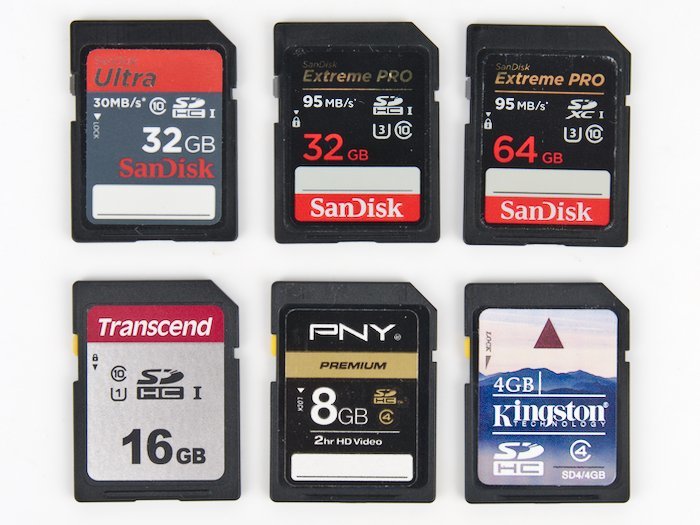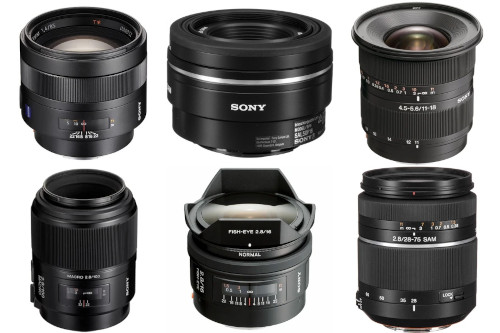
The 6 Best Lenses for the Sony A330
- Nathaniel Stephan
- Sony a330
- April 10, 2020
Table of Contents
The Sony A330 is a great DSLR camera. If you do not currently own a lens or are looking for another lens, this article will cover the best 6 lenses to use on your Sony DSLR-A330.
Affiliate Advertising Disclosure
Outside the Shot is a participant in the Amazon Services LLC Associates Program, an affiliate advertising program designed to provide a means for sites to earn advertising fees by advertising and linking to Amazon.com.
As an eBay Partner, I may be compensated if you make a purchase. I also participate in affiliate advertising programs with KEH and Adorama. More can be found on the Affiliate Disclosure page.
What Lens Mount Does the A330 Use?
The Sony Alpha DSLR-A330 uses the Sony A-mount. The lens mount is the same as the Minolta A-mount and also know as the Sony Alpha mount. The mount being used by two manufacturers is due to Sony acquiring Konica Minolta’s camera division in 2006.
The A-mount was designed by Minolta for the introduction of interchangeable lens cameras with autofocus in 1985. The lens mount was discontinued by Sony in 2021. That marked the end of Sony producing cameras with an optical viewfinder.
Sony Lenses
Sony’s own lenses tend to offer excellent optical quality and performance. Sony A-mount lenses come in two primary forms:
DT lenses: These are designed for cameras with APS-C sensors, such as the A330. They are smaller, lighter, and often more affordable than their full-frame counterparts.
Full-frame lenses: These are suitable for full-frame Sony Alpha cameras but can also be used on APS-C bodies like the A330. When a full-frame lens is used on an APS-C camera, there will be a 1.5x crop factor to consider.
Third-Party Lenses
Several third-party manufacturers produce A-mount lenses compatible with the Sony Alpha DSLR-A330. These include Sigma, Tamron, and Zeiss among others. These lenses often provide cost-effective alternatives to Sony’s own lenses without compromising much on quality.
Vintage Minolta Lenses
Because the A-mount was originally a Minolta design, vintage Minolta lenses can also be used with the Sony Alpha DSLR-A330. The vintage lenses will have been designed for use on 35mm film cameras. This means they are full frame lenses.
Standard Primes
Sony 50mm f/1.8 SAM DT
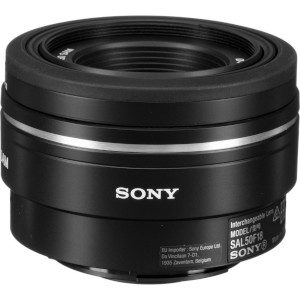
- Outstanding optics.
- Small and light weight.
- Can be difficult to find new.
- Smooth Autofocus Motor (SAM)
- Circular aperture.
See current price and more information on:
An extremely good blend of lightweight and small size that is perfect for any Sony Alpha camera. The built-in autofocus motor is faster and quieter than earlier lenses that rely on the physically coupled autofocus.
The circular aperture blades allows you to close down to f/4 and keep an almost completely circular aperture. The result is gorgeous bokeh and greater flexibility in managing the depth of field.
Minolta Maxxum AF 50mm f/1.7
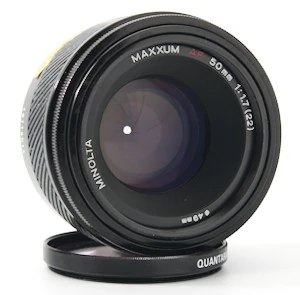
- Built-in lens hood.
- Amazing value.
- Light and compact.
- Widely available used.
- Coupled autofocus.
See current price and more information on:
This is among the first lenses from the launch of the A-mount. On account of how old the lens is, the autofocus is powered by a motor built into the A330 camera body.
Mechanically coupled autofocus can be somewhat noisy and laggy. In the event that that’s not a major problem for you the quality is outstanding. {The bokeh is attractive and you will get a classic look to your images|You’ll end up getting a classic look and attractive bokeh.
An additional large advantage of this lens is the cost. It is considerably less expensive compared to the Sony 50mm f/1.8 and on top of that could possibly be the cheapest lens listed.
Sony 50mm f/1.4
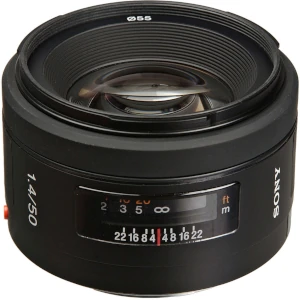
- Outstanding optics.
- Optical multi-coatings.
- Circular aperture.
- 55mm filter threads.
See current price and more information on:
A little faster compared to the Sony f/1.8, however that can actually be important when you’re working in low light. That as expected comes at an increased expense.
It is still a small and lightweight lens that handles nicely on the A330 and will fit into almost any kind of camera bag.
A slightly lower priced alternative is the Minolta AF 50mm f/1.4. Keep in mind that they can be hard to get in usable condition. The lens also was constructed with physically coupled autofocus, which is slower and noisier than lenses with built-in motors}.
Portrait & Telephoto Lens
Sony 85mm f/1.4 ZA
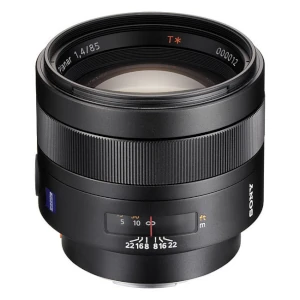
- Incredible bokeh.
- Excellent value used.
- T* coating to reduce flare and increase contrast.
- Astonishingly sharp wide open.
See current price and more information on:
Sony wanted to show off with this lens. Zeiss built the lens. The ZA (Zeiss Alpha) means that Zeiss created the lens exclusively for the A-mount.
This is a magnificent lens. Sharp corner-to-corner with brilliant colors that produces remarkable portrait photos.
A potential downside is that the lens is fairly heavy because it is built like a tank and it can feel slow to autofocus. Keep in mind, that you will find those same issues with any 85mm f/1.4.
Minolta Maxxum AF 85mm f/1.4
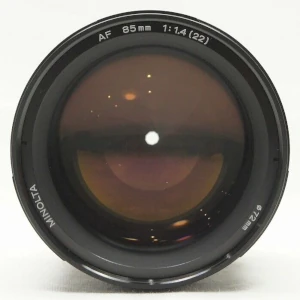
- Possible to find a good used deal.
- Superb image quality.
- Uses autofocus coupler.
- Double-Gauss design.
See current price and more information on:
In terms of price, this lens is between the others. Acquiring a used copy in acceptable condition can at times be challenging because of a limited supply available.
The lens does have autofocus, but it uses a mechanical coupler and is driven by an in-camera body motor. This makes the lens fairly loud and slow, which might not be the best experience on the Sony Alpha A330.
A Double-Gauss design is older and only uses 6 lens elements. That is not a bad thing as the lens gives a unique appearance that cannot be recreated using a contemporary lens.
Sony A330 Zoom Lenses
Sony 28-75mm f/2.8
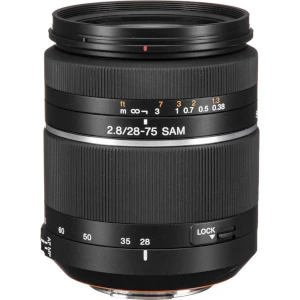
- Very usable zoom range.
- Great value used.
- Constant aperture.
- Smooth Autofocus Motor (SAM).
See current price and more information on:
A fast zoom lens that is good for indoor shooting, night events, travel, and family photos. It is a well designed lens with fairly quiet autofocus.
It often gets compared to the excellent Zeiss 24-70mm, but it is about 1/2 the weight and less expensive. Both create professional results.
Sony 55-200mm f/4-5.6 SAM DT
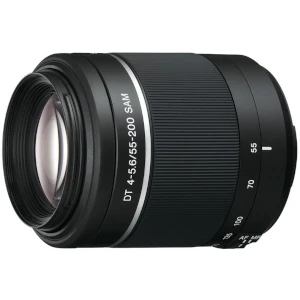
- Telephoto zoom range.
- Great for portrait or wildlife photography.
- Smooth Autofocus Motor (SAM).
- Inexpensive.
See current price and more information on:
This is a cheaper choice that can still produce great results on the Sony Alpha A330. It is not a professional lens, consequently as long as you don’t expect all the bells and whistles, it is a good lens.
As a mid-range telephoto zoom, it offers an outstanding range for taking photos of children outdoors, sports, and wildlife.
The autofocus is snappy and it renders tack sharp images. The lens is constructed of plastic, which will help reduce weight.
Sony 75-300mm f/4.5-5.6
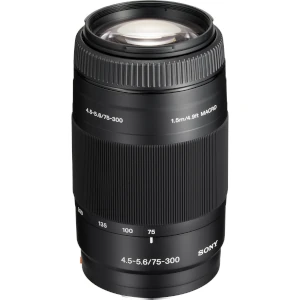
- Super telephoto zoom lens.
- Great for portrait or wildlife photography.
- 2.81 inches in diameter and 4.81 inches long.
- 55mm filter threads.
See current price and more information on:
A borderline super-telephoto lens. It is a fantastic budget alternative for when you would like a lots of reach.
It’s 2.8 inches (7.1 cm) in diameter, 4.8 inches (12.2 cm) long, and comes in at 1 pound 2 ounces (510g). While that’s not considered light, many pro telephoto zooms are several times heavier.
For a little better performance try to find the Sony 70-300mm f/4.5-5.6 SSM ED G-Series, but count on paying about double the price.
Wide Angle Lens
Sony DT 11-18mm f/4.5-5.6
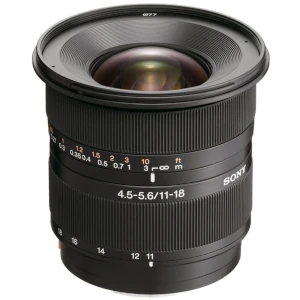
- Has a aspherical lens elements.
- Optical multi-coatings.
- Great value when purchased used.
- Circular aperture.
See current price and more information on:
Awesome quality for the money if you want to be able to capture excellent wide pictures that a kit zoom cannot capture with the Sony Alpha A330. Distortion, especially of straight vertical lines is small or non-apparent unless you’re actively trying to get an exaggerated perspective.
In addition to being great at shooting breathtaking landscapes, it’s a superb lens to travel with. The angle of view is wide enough so when you see something you’ll be able to get everything you see into the Sony A330’s frame.
Sony 20mm f/2.8
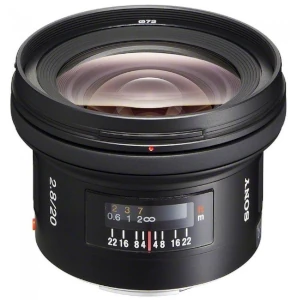
- Great for landscapes and architecture.
- Coated optics for clarity and definition.
- Rear focusing system for fast autofocus response.
- 72mm filter threads.
See current price and more information on:
A well-corrected lens that does a great job of reducing lens distortion. In addition, a large amount of energy has been put into reducing flane and internal reflections.
The result is an excellent lens that is well suited for landscape, astrophotography, and architecture photography. The rear focusing system means the front is not going to rotate so you won’t have any complications using a polarizer or other filter.
Tokina AT-X 11-16mm f/2.8 DX II
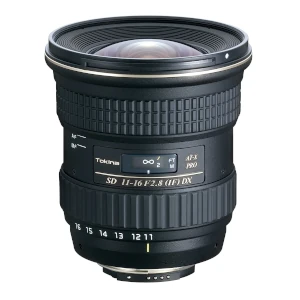
- Wide angle zoom lens.
- Hardened Alumite finish.
- Advanced optical coatings.
- All metallic moving parts.
- Designed for APS-C Sensors.
See current price and more information on:
It does not have tremendously fast autofocus, but the focus clutch makes it an ideal option for manual focusing on the DSLR-A330. A push or pull of the focus ring switches the lens from AF to MF or vice versa.
The Tokina has a larger aperture when compared to the Sony 11-18mm, which will not be a large issue for architecture or landscape photography. Where you will observe an improvement is with astrophotography. That’s a scenario where you will want to take advantage of the 1-to-2 stop advantage the Tokina offers you.
Fisheye
Sony 16mm f/2.8 Fisheye
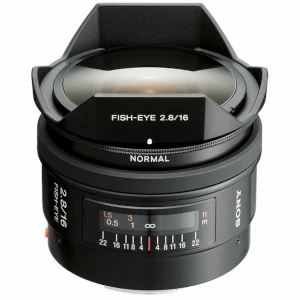
- Sharp corner-to-corner.
- 4 built-in filters: Normal, 056, B12, A12.
- 8 inch minimum focus distance.
- Aspherical and Extra-low Dispersion elements.
See current price and more information on:
The built-in filters are a very good inclusion because the lens has a petal-style hood which means a lens filter can not be put on the front of the lens.
- 056 - Accented contrast for black and white photos.
- B12 - Correct color by eliminating red tones.
- A12 - Correct color by eliminating blue tones.
This lens has almost everything you could desire from a fisheye. You’ll get corner-to-corner sharpness without noticing vignetting while still obtaining exaggerated distortion.
Rokinon 8mm f/3.5 Fisheye
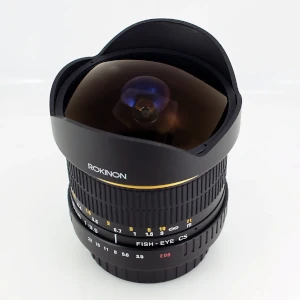
- Internal focus.
- 180 degree angle of view.
- Manual focus.
- Minimum focusing distance of 12 inches (0.3m).
- Designed for APS-C sensors.
See current price and more information on:
The lens contains a spherical front which means lens filters can not be used. It comes with a detachable petal-style lens hood that you’ll want to ensure is included if you order a pre-owned copy.
Construction quality is often a little hit or miss as a consequence of the very low price. Almost all people are very happy with the images they get. It’s still important to carefully test the lens when you obtain it to ensure it is not a dud.
Macro Lens
Sony 100mm f/2.8 Macro
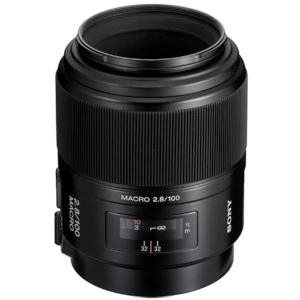
- 9 aperture blades.
- Focus range limiter.
- High contrast and resolution.
- 55mm filter threads.
See current price and more information on:
The optimal balance of working distance, size, and cost for the Sony A330. The autofocus is somewhat noisy, but for taking macro photos, manual focus is easier than using af.
For good images at 1x magnification the lens ought to be stopped down by a minimum of two stops. By doing that you will have a larger depth of field, which is very useful for macro.
Sony 50mm f/2.8 Macro
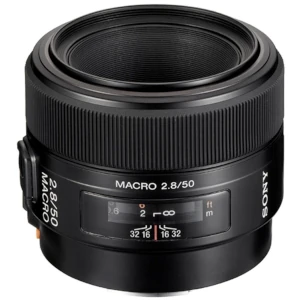
- 10.4 ounces (295g).
- Focus range limiter.
- Focus Hold button for full creative control.
- 55mm filter threads.
See current price and more information on:
A 50mm lens isn’t that good for 1x magnification as a result of how little working distance you will have. At 1x magnification, the front lens element will have to be about 2 inches (5 cm) from the subject.
This lens does a great job at close-up, tabletop, and copy work. It allows you to get closer to a subject than a standard 50mm, and is perfect for nature photography if you need to fill the camera frame with a tiny subject, for example a flower.
Tamron AF 90mm f/2.8 Di SP A/M 1:1 Macro
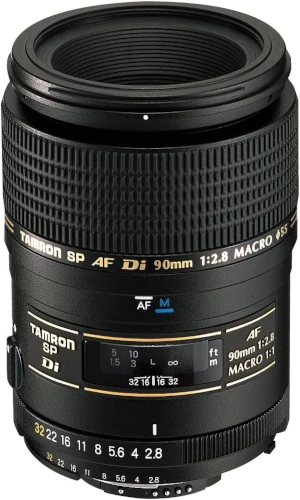
- Available in a variety of camera mounts.
- Improved resolution, chromatic correction, and optical coatings.
- Super Performance (SP)
- Focus clutch to switch between AF & MF.
See current price and more information on:
In addition to having autofocus, the focus ring feels great when manually focusing. Closed down at least a couple of stops and you will get razor-sharp shots.
Also, be careful when getting it as it’s built in a number of camera lens mounts.
Used A-Mount Camera Lens Prices
Prices change on a regular basis. During the previous several years, participation in film photography has been expanding. Due to the fact that there are Minolta 35mm cameras that use the A-mount, some upward pressure is added to the cost of lenses.
The A-mount also does not hold a large market share. For that reason, there are a smaller number of third party options and the lenses built by Sony are routinely on backorder.
To find the lowest price, check prices on multiple sites. For used lenses, be ready to buy when you see a deal as they tend not to last very long.
Standard Lens Cap Size
55mm filter threads are the most common for Sony Alpha camera lenses, but filter sizes are inconsistent. Earlier Minolta A-mount lenses mostly feature 49mm filter threads.
You can also find lenses that have filter threads larger than 55mm. It’s not uncommon to see 77mm ro 72mm. It would have been nice if Sony stuck to only 2 or 3 different filter sizes.
